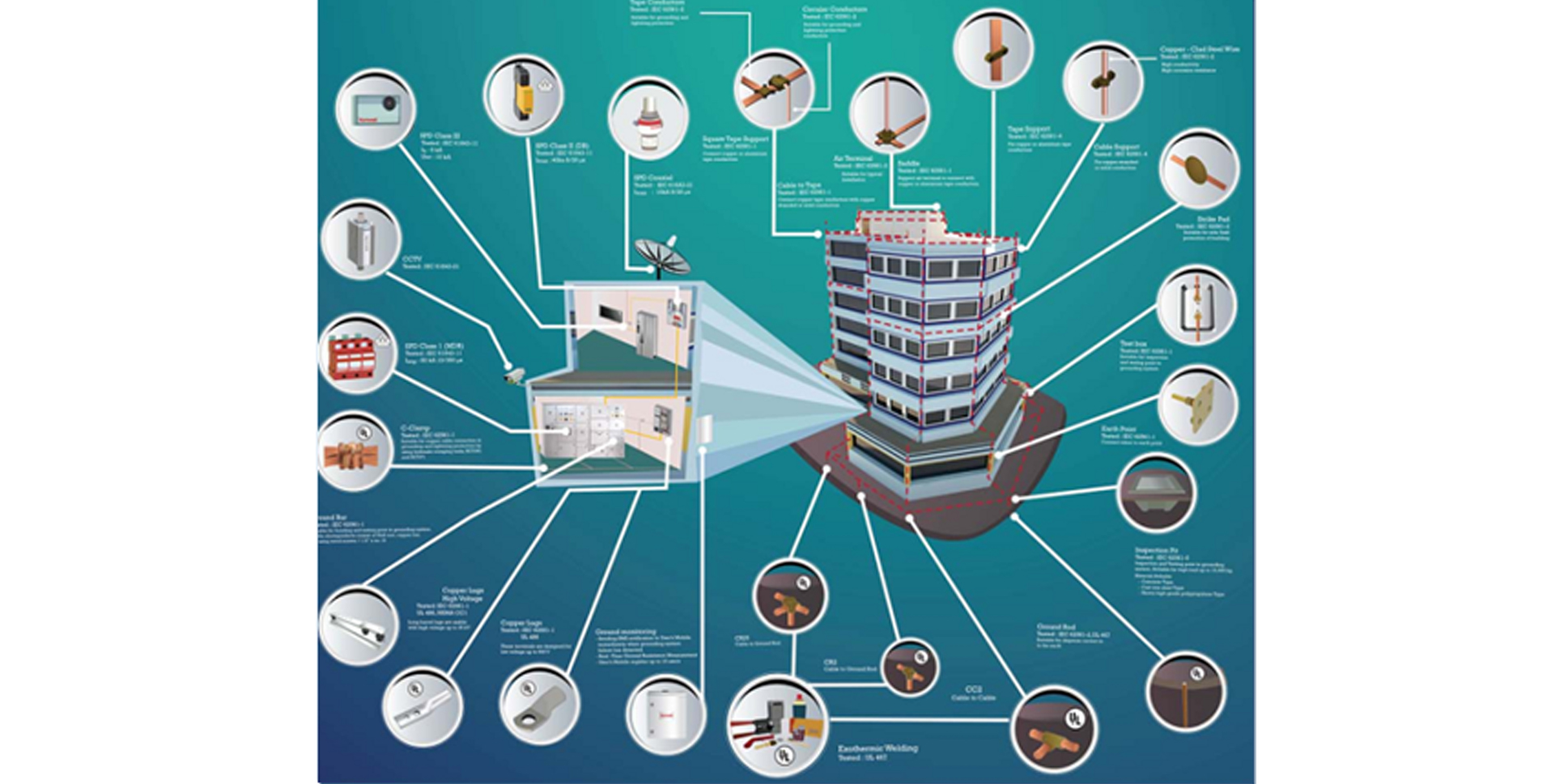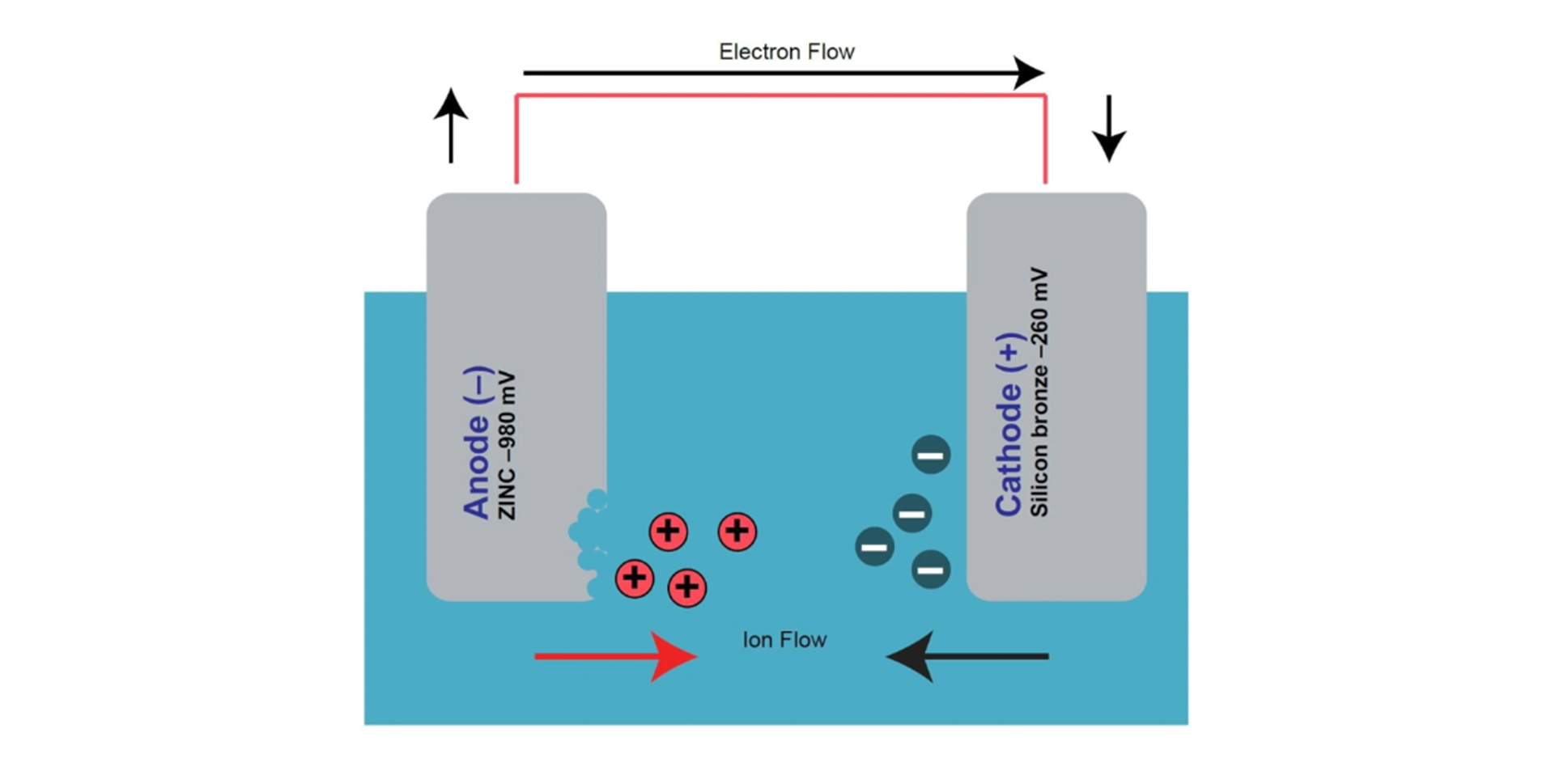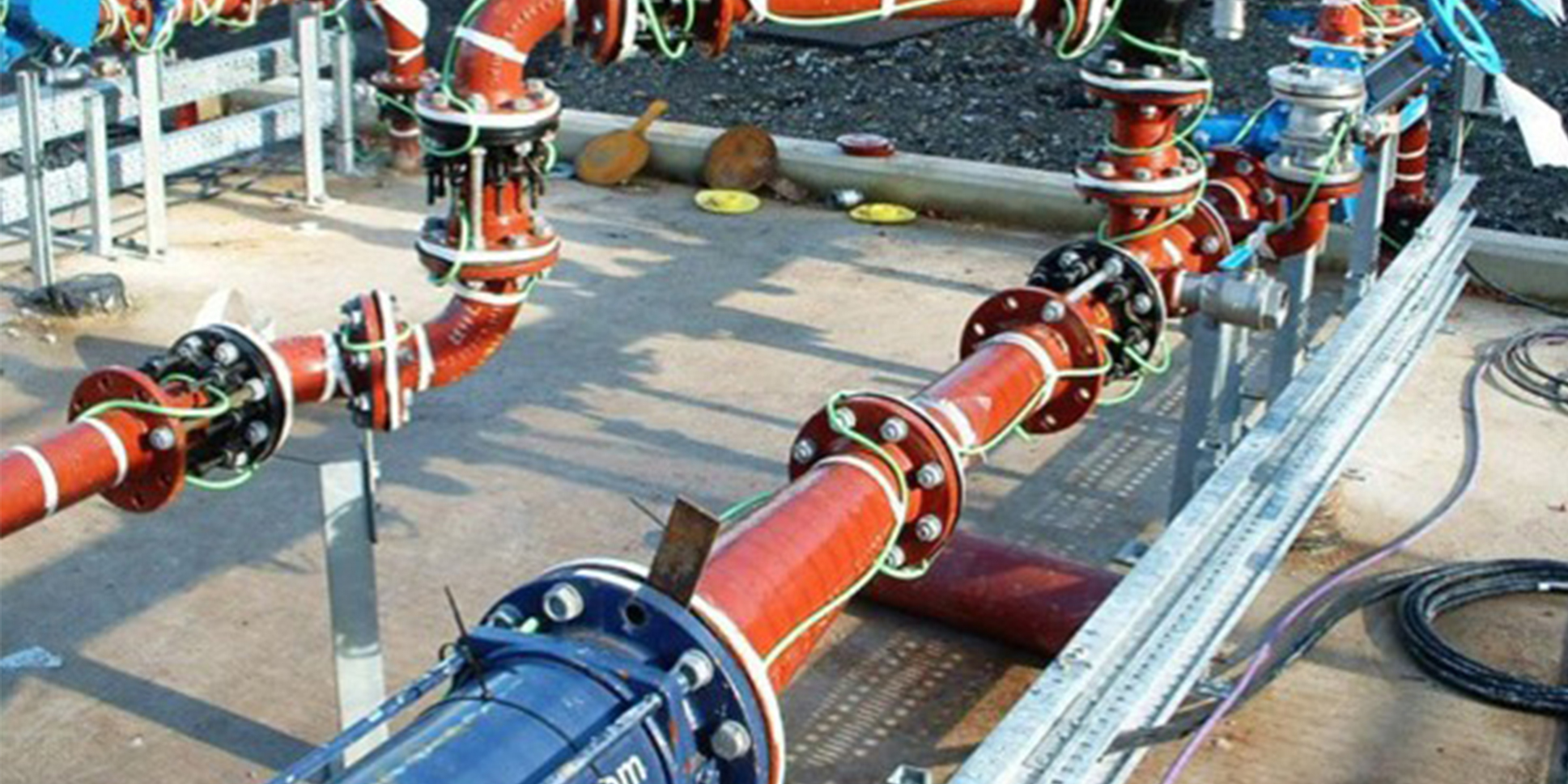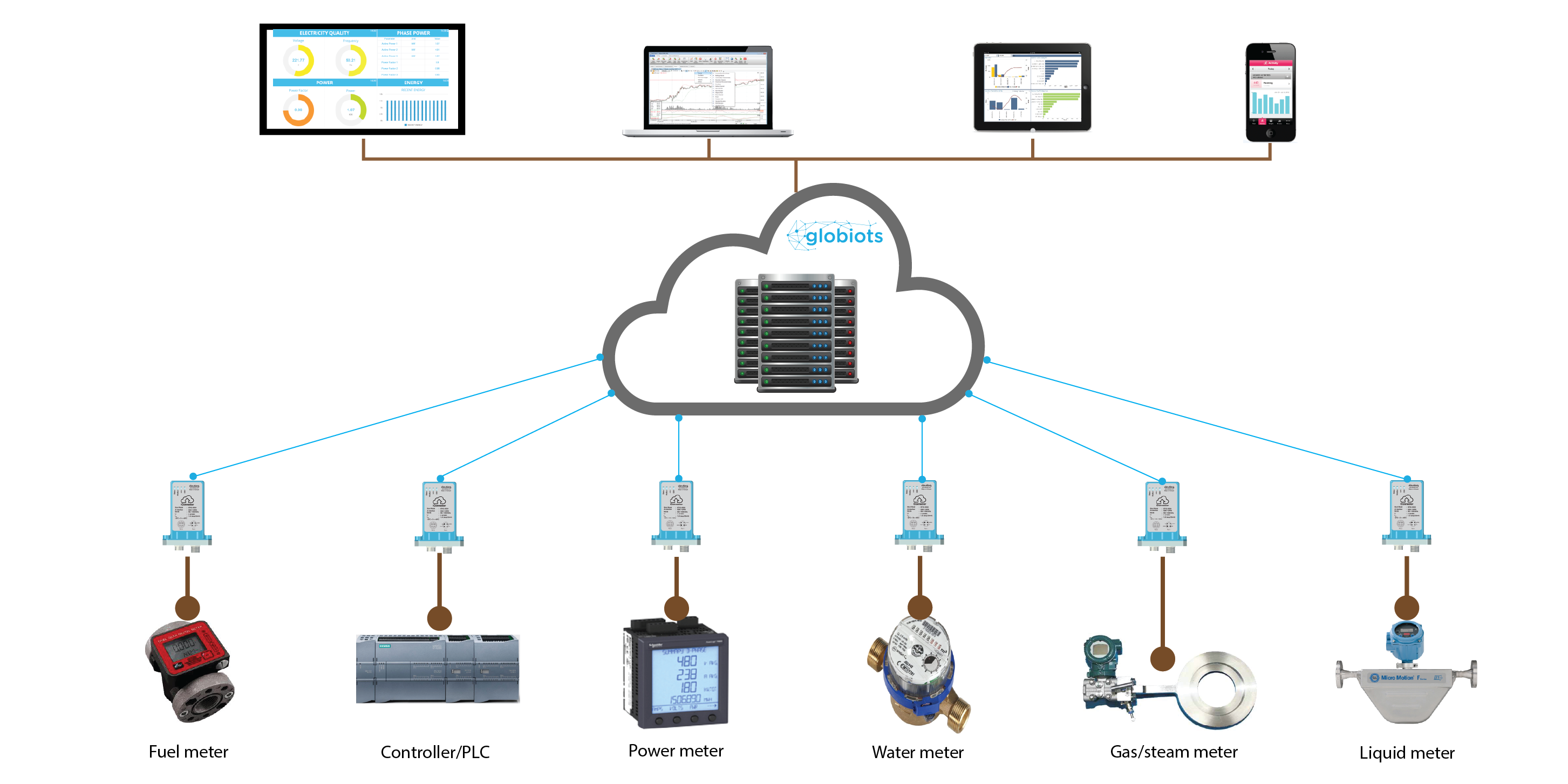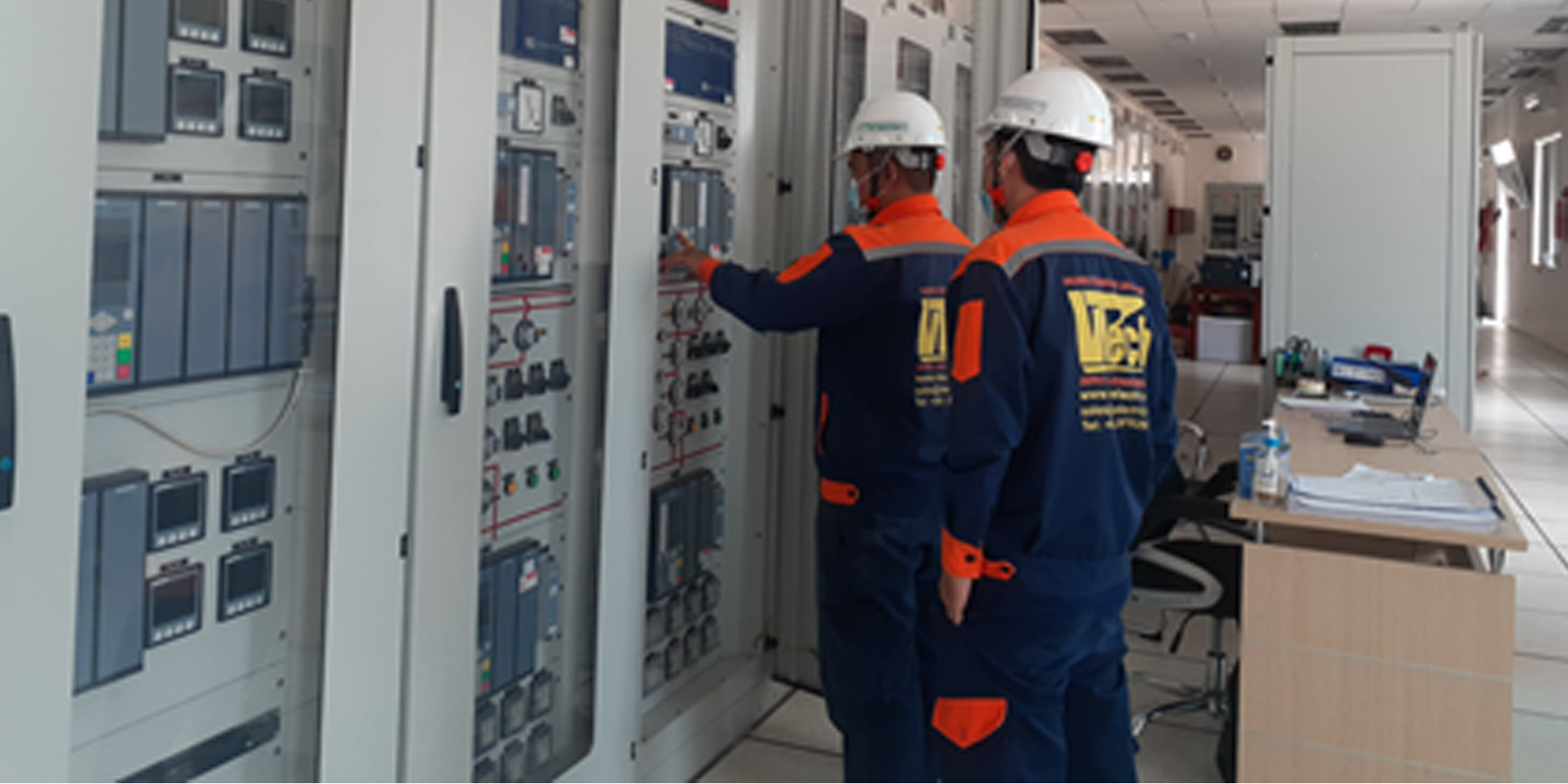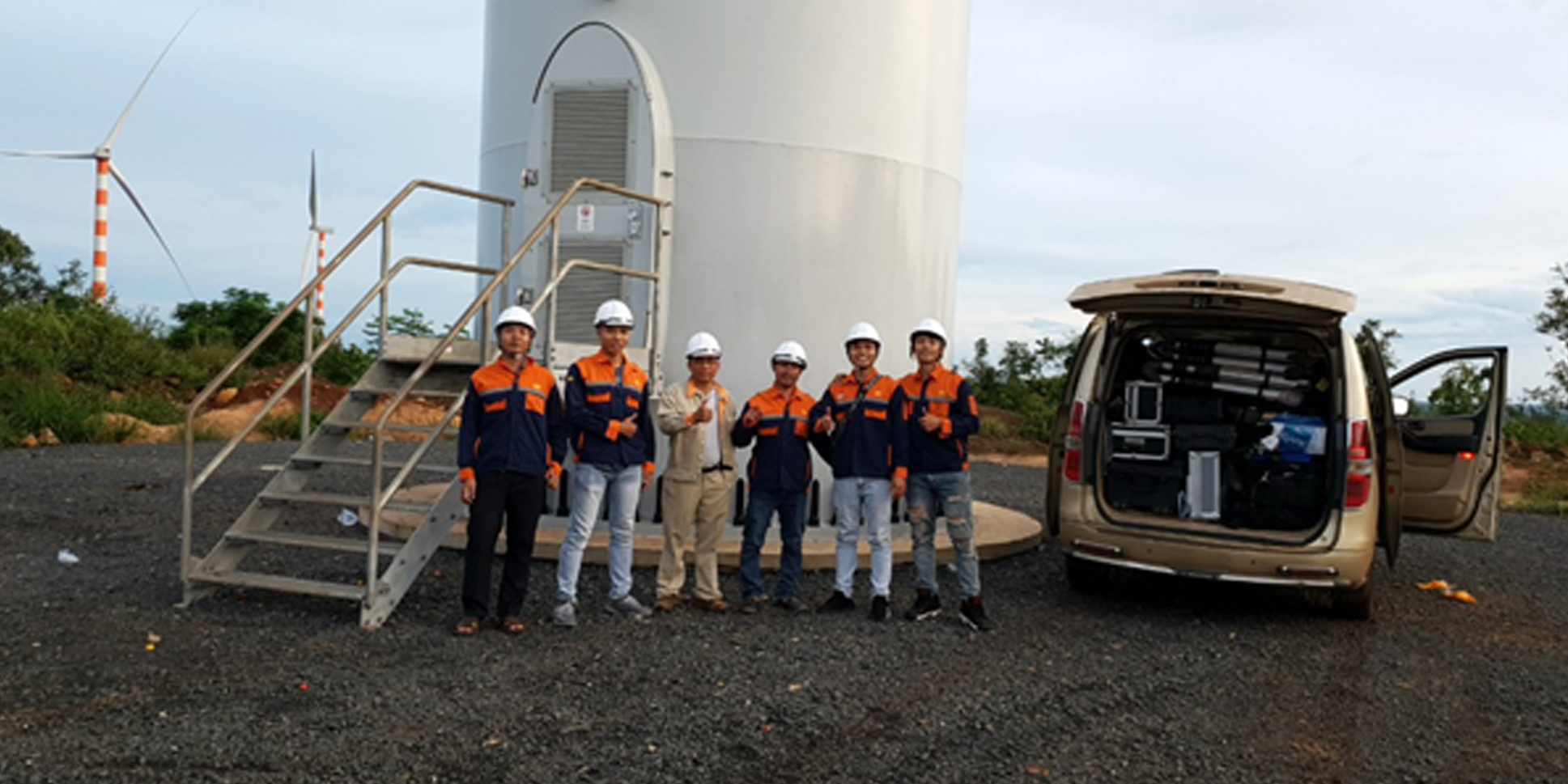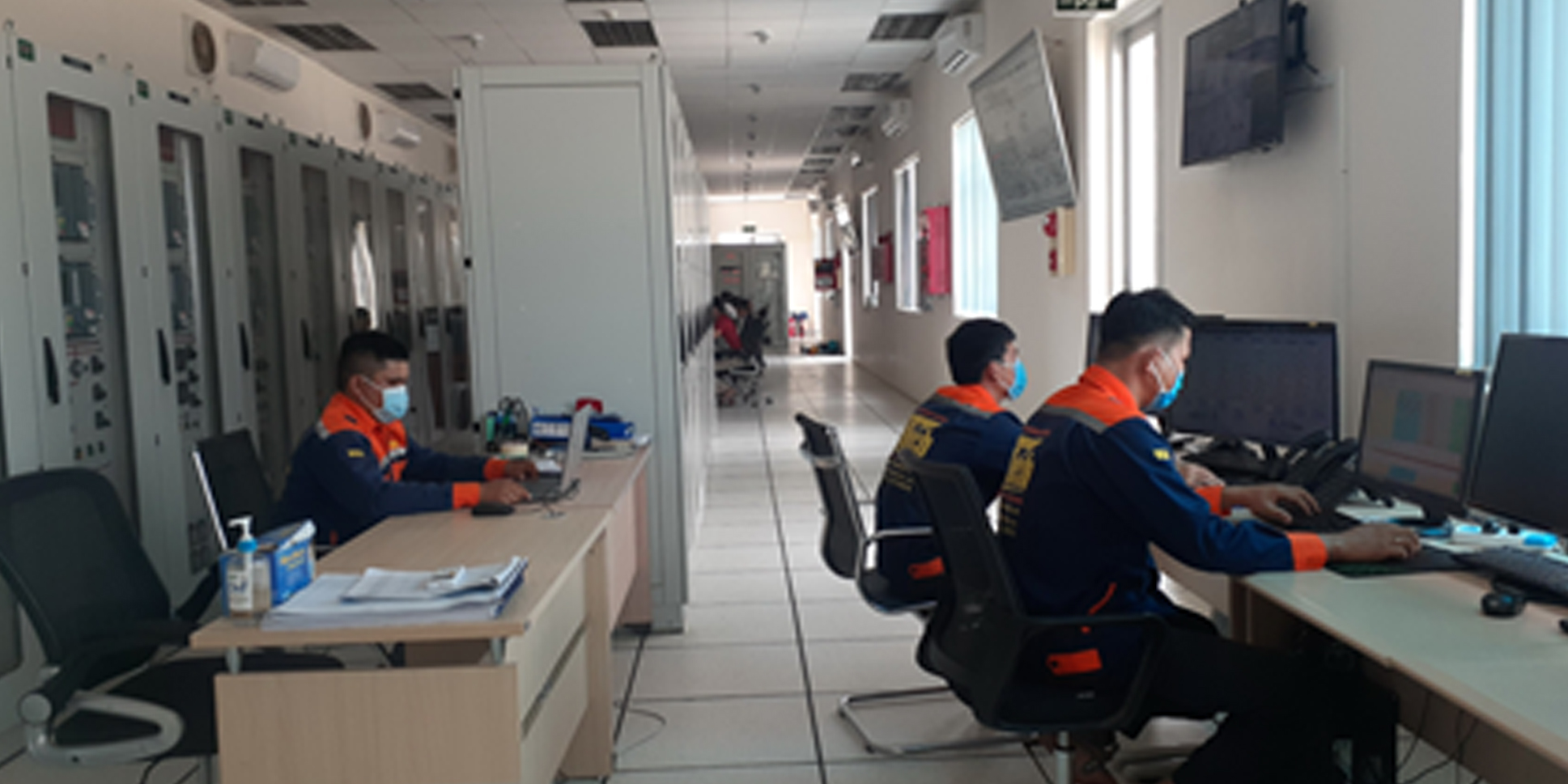Lightning Protection System
The Lightning Current must be intercepted by the lightning protection system. The air termination systems provide an optimal impact point and are connected via the down conductors with the grounding system. The lightning current needs to be safety routed into the grounding system without any sparking to nearby person or other metallic structures
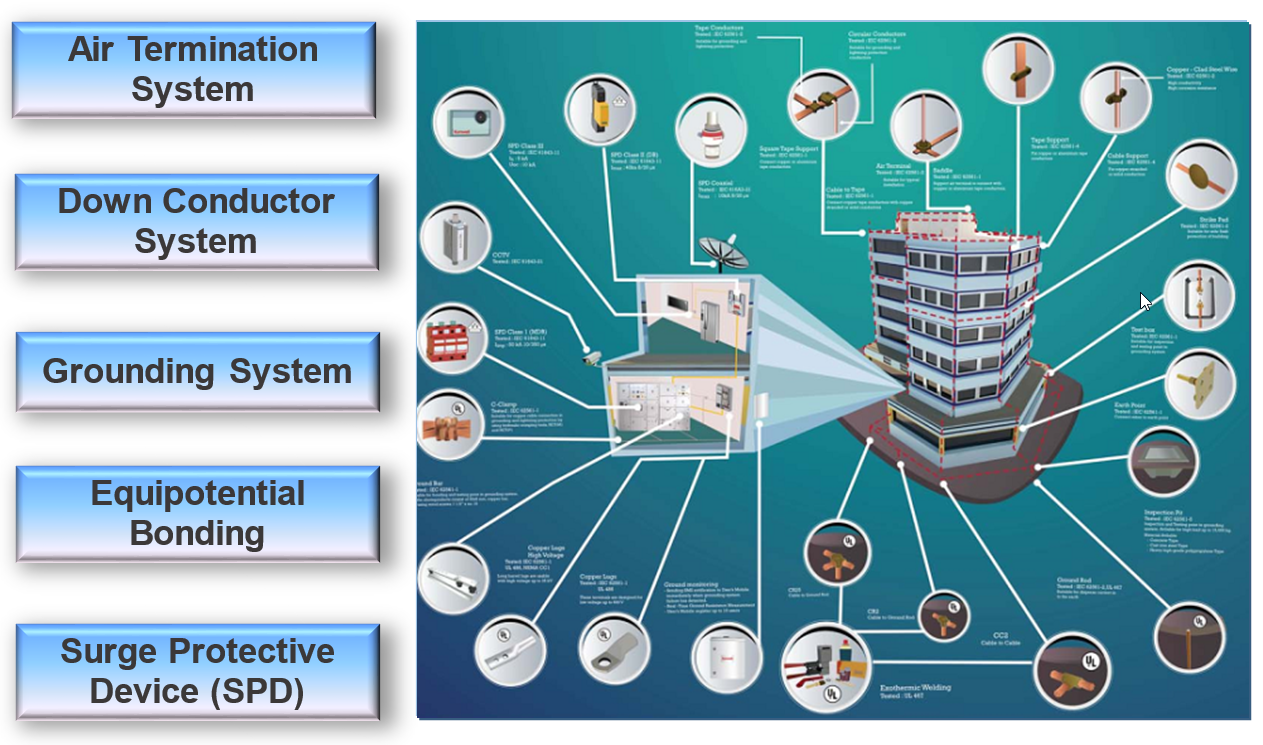

Lightning protection system, must be designed correctly and choose suitable products according to International Standards. Kumwell’s Air Terminal & Lightning Conductors, passing by IEC 62561-2.
The Air Terminal System, a part of lightning protection system, must be designed correctly and choose suitable products according to International Standards. Kumwell’s Air Terminal, passing by IEC 62561-2, are listed below.
Air Terminal Materials selection: Copper is good for electrical conductivity, Tinned copper is suited for humid or saline areas, and Aluminium is suited for metal structure building.
Grounding System
Grounding and bonding system is the foundation of electrical facilities protection. It ensures operation and protects people against hazardous currents. As well as Buildings/Structures with IT systems and data cabling have high requirements for electromagnetic compatibility (EMC) measures where grounding, bonding and shielding are the basis requirement. In addition to designing a system that performs and protects, it is necessary to have a grounding and bonding system that is permanent and long last. Kumwell has provide high quality of grounding and bonding materials as well as the installation tooling to ensure the effectiveness of the system.
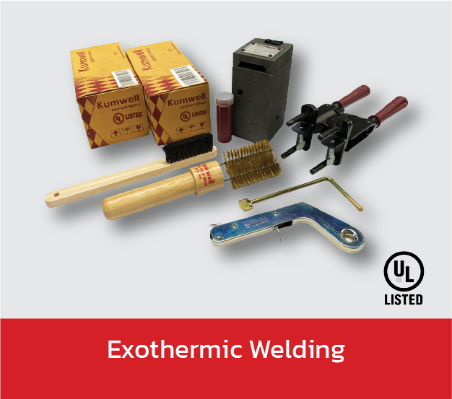
There are several main objectives providing for well designed grounding system: first, Personal safety, followed by equipment protection signal reference quality, return path for faults and surges and static dissipation.
In order to meet these objectives, grounding connection must maintain a low contact resistance often under adverse conditions, for the expected lifetime of the grounding system. Connections in grounding network are subject to severe corrosion, high mechanical stress due to electromagnetic force and rapid thermal heating due to high current magnitude during fault conditions
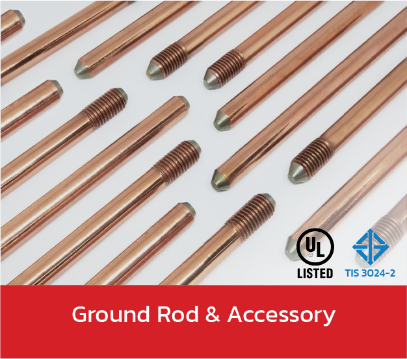
When choosing ground rods or electrodes, it is crucial to consider durability and grounding-corrosive protection due to many grounding-hazard factors, such as humidity, pH, salinity, and chemicals. Moreover, a planted-ground-rod inspection is inconvenient. Therefore, in certain areas, buyers should buy suitable ground rod types for long-lasting grounding systems. The permanent grounding system can guarantee electricity operation and maintenance costs reduction.
Built from high tensile steel, Kumwell copper-bonded ground rods can be hammered to the ground. Also, the ground rods are made of a nickel-plated technology, resulting in high-adhesive-copper bonding, which is not disunited when planted to the ground. The copper has a minimum thickness of 250 microns, a lifespan of around 40 years (pH6-8), and extended capability. The copper thickness can also be increased to 1,000 microns for an even longer lifespan. There are two series of Kumwell copper-boned grounds, which are the UL Series and TIS Series.
Passes and UL listed, UL Series ground rods also complied with IEC 62561-2 and TIS 3024-2:2020.
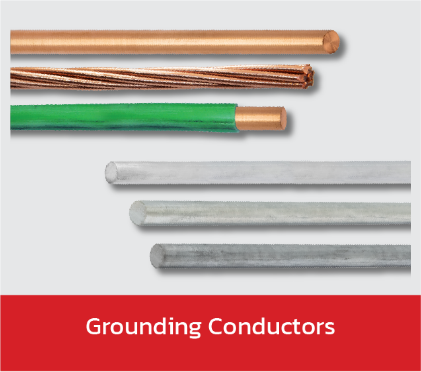
Grounding conductors are essential for current distributions, which require long product life and grounding-chemical resistance. To support customers in creating ideal grounding systems, Kumwell produces circular conductors for grounding systems due to their superior durability (permanent product life) and aesthetic (shape adjustability). The conductors complied with IEC 62561-2 standard and can choose materials to match the environment requirements. For example, tinned copper is durable to humid and saline; therefore, it is suitable in seashore areas. Kumwell grounding conductors are available in multiple materials, suiting for different projects, are listed below.
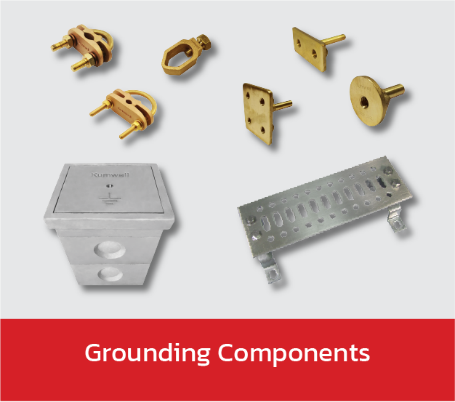
There are several main objectives for well-designed grounding systems: personal safety, equipment protection, signal reference quality, faults & surges return path, and static dissipation. Also, connections in the ground network are subjected to severe corrosion, high mechanical stress due to electromagnetic force, and thermal heating due to high current magnitude during fault conditions. Grounding components are crucial grounding support to meet the well-designed goals, which are maintaining a low contact resistance under adverse conditions for the expected lifetime of the groundings systems.

Kumwell MEG (More Effective Grounding) is an alternate solution for effectively reducing ground resistance of the soil surrounding the electrode instead of adding more grid conductors or more ground rods. Kumwell MEG is under the requirements of IEEE Standard 80-2013 with a resistivity of 0.03 Ω-m. It does not dissolve, decompose, and leach out by water and does not leach any toxic, sulfur, or other environmental regulation substances. Kumwell MEG manufacturing is environmentally friendly, reliable, high quality, and enduring. Moreover, it is very effective in poor conductive areas such as rocky soil.
 VTECH
VTECH




